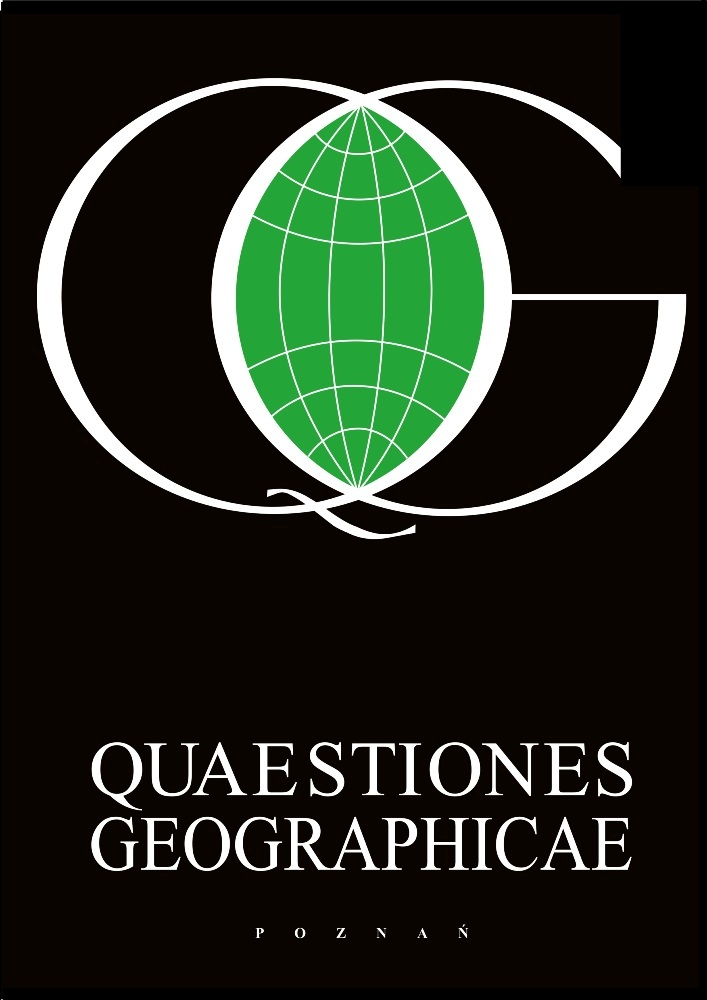Abstract
Research has devoted considerable attention to the contribution of cultural and creative industries (CCIs) to economic growth and innovation. Measuring and evaluative tools have played an increasingly important role in meeting the demand for the accountability of public money supporting this sector. Nevertheless, creativity remains an elusive subject for policy-makers. One of the major obstacles in adopting CCI policies is the difficulty in apprehending the value of support actions for cultural and creative enterprises. The present research is a first attempt to create a harmonised and simple set of indicators (the ‘benchmarking raster’) to assess local policies targeting economic development of CCIs. It has been completed in the framework of the INTERREG- funded CREA.RE network with the aim to encourage the authorities of small and medium-sized cities and regions to further invest Structural Funds in CCIs. It is also expected to contribute to CCI-focused economic development strategies (or Smart Specialisation Strategies).
References
Allin P., 2000. The development of comparable European cultural statistics. Cultural Trends, 37: 66-75.
Bakhshi H., McVittie E. & Simmie J., 2008. Creating innovation. Do the creative industries support innovation in the wider economy? NESTA, London.
Bonet L., 2004. Reflexiones a propósito de indicadores y estadísticas culturales. Gestion Cultural, 7, April.
Centre for Strategy and Evaluation Services (CSES), 2002. Benchmarking of business incubators (Final report). European Commission, DG Enterprise, Brussels.
Centre for Strategy and Evaluation Services (CSES), 2010. Study on the contribution of culture to local and regional development-evidence from the Structural Funds. European Commission, DG Education and Culture, Brussels.
Csikszentmihalyi M., 1996. Creativity: Flow and the psychology of discovery and invention. HarperCollins, New York.
Cunningham P., Robson D. & Neves E., 2008. Mapping of innovation support measures. Pro Inno Europe - Inno Learning Platform, Brussels.
Europaid evaluation methodology. Available at: http://ec.europa.eu/europeaid/evaluation/methodology/methods/mth_ind_en.htm
European Commission, 2000. Cultural statistics in the EU: Final report of the LEG. Eurostat Working Paper, Brussels.
European Commission, 2010. Green paper on unlocking the potential of cultural and creative industries. Brussels.
Florida R., 2002. The rise of the Creative Class. Basic Books, New York.
Florida R., 2006. The flight of the Creative Class. HarperCollins, New York.
Foord J., 2008. Strategies for creative industries: an international review. Creative Industries Journal, 1(2): 91-113.
Gertler M.S., Florida R., Gates G. & Vinodrai T., 2002. Competing on creativity: Placing Ontario’s cities in North American context. Report prepared for the Ontario Ministry of Enterprise Opportunity and Innovation and the Institute for Competitiveness and Prosperity.
Glade W., 2003. Conceptualisation and measurement problems in developing cross-national cultural indicators: A methodological odyssey. Paper prepared for UNESCO/CONACULTA International Seminar on Cultural Indicators, Centro Nacional de las Artes, Mexico, 7-9 May.
Gouiedo L., 1993. Proposals for a set of cultural indicators. Statistical Journal of the United Nations, 10: 227-289.
International Federation of Arts Councils and Culture Agencies (IFACCA), 2002.
International comparisons of arts participation data. Sydney. International Federation of Arts Councils and Culture Agencies (IFACCA), 2004a. Making crosscountry comparisons of cultural statistics: Problems and solutions. Working paper, Sydney.
International Federation of Arts Councils and Culture Agencies (IFACCA), 2004b. Statistical indicators for arts policy:Discussion paper. Sydney.
KEA, 2006. The economy of culture in Europe. European Commission, DG Education and Culture, Brussels.
KEA, 2009. Study on the contribution of culture to creativity. European Commission, DG Education and Culture, Brussels.
KEA, 2010. Study on promoting investment in the cultural and creative sector: Financing needs, trends and opportunities. Commissioned by Nantes Métropole, Brussels.
Kotkin J., 2005. Urban legends. The New Republic, 23 May.
Lievesley D., 2002. Statistics in the wake of challenges posed by cultural diversity in a globalisation context. International Symposium on Culture Statistics, Montreal, October 21-23.
Listening and learning: Community indicator profiles of Knight Foundation communities and the nation, 2001. John S. andJames L. Knight Foundation.
Malanga S., 2004. The curse of the creative class. City Journal, 14(1): 36-45.
Manninen A., 2002. Towards harmonised cultural statistics: Experiences from recent and ongoing projects in Europe. InternationalSymposium on Culture Statistics, Montreal, October 21-23.
McCann E., 2007. Inequality and politics in the creative cityregion: Questions of liveability and state strategy. InternationalJournal of Urban and Regional Research, 31: 188-196.
OECD, 2010. DAC guidelines and reference series - quality standards for development evaluation. OECD.
Porter M.E., 1998. Clusters and the new economics of competition. Harvard Business Review, 76 (6): 77-90.
Pratt A.C. & Jeff cutt P. (eds), 2009. Creativity, innovation and the cultural economy. Routledge, London.
Rushton M., 2006. The creative class and urban economic growth revisited. Paper prepared for the 14th International Conference of the Association for Cultural Economics International, Vienna, 6-9 July.
Sands G. & Reese L.A., 2008. Cultivating the creative class: and what about Nanaimo? Economic Development Quarterly, 22(1): 8-23.
Smart Specialisation Platform, 2011. RIS 3 Guide (draft). European Commission, Brussels.
Throsby C.D., 2001. Economics and culture. Cambridge University Press, Cambridge.
UNCTAD, 2008. Creative economy report 2008. UNCTAD.
UNCTAD, 2010. Creative economy report 2010. UNCTAD.
Utrecht School of the Arts, 2010. Study on the entrepreneurial dimension of cultural and creative industries. European Commission, DG Education and Culture, Brussels.
License
This content is open access.
